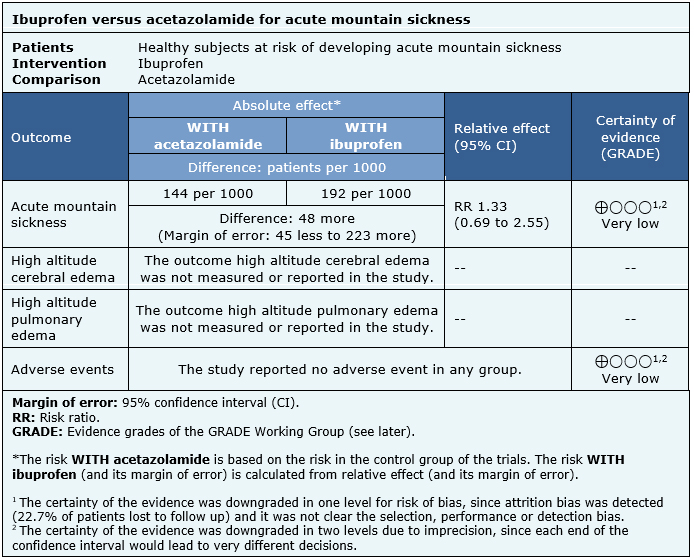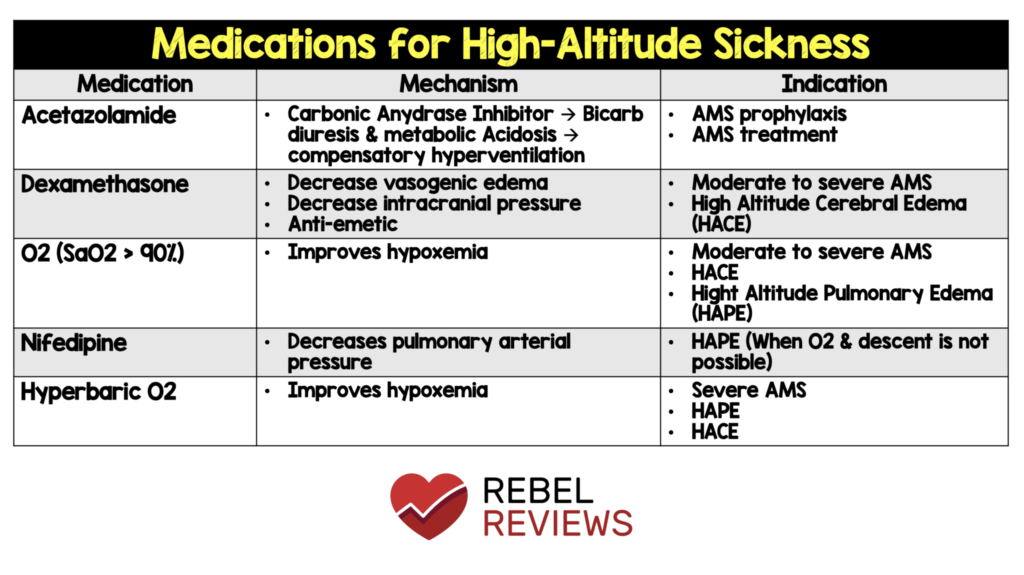Altitude sickness, also known as Acute Mountain Sickness (AMS), is a condition that affects individuals who ascend to high altitudes too quickly. It can occur when the body struggles to adapt to the reduced oxygen levels found at higher elevations. This article explores the causes, symptoms, and prevention methods associated with this condition, providing a comprehensive guide for those planning to venture into high-altitude environments.

Understanding Altitude Sickness
Altitude sickness occurs when a person ascends to elevations above eight thousand feet without giving the body enough time to adjust. At higher altitudes, the air pressure decreases, resulting in lower oxygen availability. The human body requires time to acclimatize to these conditions, and failing to do so can lead to various physical and mental symptoms.
Why Does Altitude Sickness Happen?
The primary cause of altitude sickness is the lack of oxygen in the air at higher elevations. As you climb to greater heights, the atmospheric pressure drops, causing the air to become thinner. This thin air contains fewer oxygen molecules per breath, making it harder for your body to meet its oxygen demands. Without proper acclimatization, the body may struggle to function optimally, leading to altitude sickness.
Factors such as the rate of ascent, individual physiology, and level of physical exertion can influence the likelihood of developing this condition. For instance, ascending too quickly or engaging in strenuous activities immediately upon reaching high altitudes increases the risk of experiencing symptoms.
Symptoms of Altitude Sickness
The symptoms of altitude sickness can range from mild to severe, depending on the individual and the elevation reached. Recognizing these symptoms early is crucial for preventing more serious complications.
Mild Symptoms
- Headache
- Nausea or vomiting
- Fatigue or weakness
- Dizziness or lightheadedness
- Loss of appetite
- Difficulty sleeping
These symptoms often resemble those of a hangover or flu and typically appear within six to twelve hours after reaching a higher altitude. While they are uncomfortable, they are generally not life-threatening if addressed promptly.
Severe Symptoms
- Shortness of breath even at rest
- Confusion or difficulty thinking clearly
- Chest tightness or congestion
- Coughing up frothy or bloody sputum
- Loss of coordination or difficulty walking
- Extreme fatigue or inability to perform basic tasks
Severe symptoms indicate a more advanced stage of altitude sickness, such as High-Altitude Pulmonary Edema or High-Altitude Cerebral Edema. These conditions require immediate medical attention, as they can be life-threatening if left untreated.
Preventing Altitude Sickness
Prevention is key when it comes to managing altitude sickness. By taking proactive measures, individuals can minimize their risk of developing symptoms and enjoy their time at high altitudes safely.
Gradual Ascent
One of the most effective ways to prevent altitude sickness is to ascend gradually. Climbing slowly allows the body to acclimatize to the changing environment. Experts recommend increasing elevation by no more than one thousand feet per day once you reach eight thousand feet. Additionally, taking rest days every few days can help the body adjust more effectively.
Stay Hydrated
Proper hydration plays a critical role in preventing altitude sickness. At higher elevations, the air is often dry, which can lead to increased water loss through breathing and sweating. Drinking plenty of water helps maintain blood volume and ensures that oxygen is transported efficiently throughout the body. Avoid alcohol and caffeine, as these substances can contribute to dehydration.
Monitor Your Health
Paying attention to how your body feels during an ascent is essential. If you begin to experience mild symptoms, it is important to stop ascending and allow your body time to adjust. Continuing to climb while symptomatic can worsen the condition and increase the risk of developing severe symptoms.
Medications and Supplements
In some cases, medications may be used to prevent or alleviate altitude sickness. Acetazolamide, a prescription medication, is commonly prescribed to aid in acclimatization. It works by increasing the amount of bicarbonate excreted in the urine, which stimulates breathing and improves oxygen uptake. Over-the-counter pain relievers can also help manage headaches, a common symptom of altitude sickness.
Some individuals choose to take natural supplements like ginkgo biloba, which has been suggested to improve circulation and reduce the risk of altitude-related issues. However, it is always best to consult a healthcare provider before using any supplements or medications.
Physical Fitness and Preparation
While physical fitness does not guarantee immunity from altitude sickness, being in good health can enhance your body’s ability to cope with the challenges of high altitudes. Engaging in regular cardiovascular exercise prior to your trip can strengthen your heart and lungs, making it easier for your body to adapt to lower oxygen levels.
Additionally, learning about the specific location you plan to visit can help you prepare better. Understanding the terrain, weather conditions, and available resources can make a significant difference in ensuring a safe and enjoyable experience.
Treatment Options for Altitude Sickness
If altitude sickness does occur, there are several treatment options available. The appropriate course of action depends on the severity of the symptoms and the individual’s overall health.
Descending to Lower Elevations
For mild cases of altitude sickness, descending to a lower elevation is often the most effective treatment. Even a descent of one thousand to two thousand feet can significantly improve symptoms. Resting and avoiding further ascent until symptoms resolve is also recommended.
Oxygen Therapy
In situations where descending is not immediately possible, supplemental oxygen can provide relief. Portable oxygen tanks are commonly carried by climbers and trekkers in high-altitude regions. Administering oxygen helps increase the amount of oxygen in the bloodstream, alleviating symptoms and stabilizing the individual.
Medical Interventions
For severe cases of altitude sickness, medical intervention may be necessary. Conditions like High-Altitude Pulmonary Edema and High-Altitude Cerebral Edema require urgent care and may involve the use of medications such as dexamethasone or nifedipine. Evacuation to a medical facility equipped to handle altitude-related emergencies is often the safest option.
Final Thoughts
Altitude sickness is a manageable condition if approached with awareness and preparation. By understanding its causes, recognizing its symptoms, and implementing preventive strategies, individuals can mitigate the risks associated with high-altitude travel. Whether you are an avid mountaineer or a casual traveler exploring mountainous regions, prioritizing safety and health will ensure a rewarding and memorable experience.





